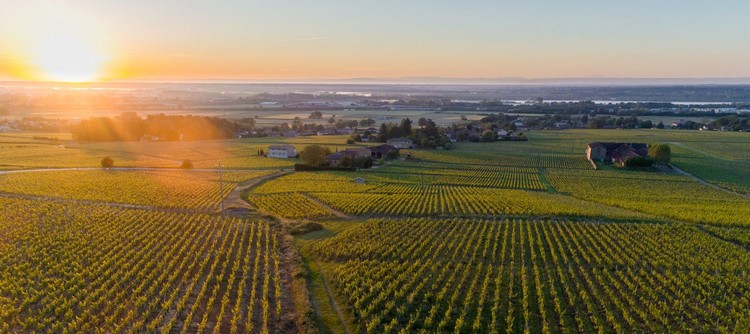To stay up-to-date with the BIVB, subscribe to news alerts
 Press releases
Press releases05/01/2021

Technical, climate-related, economic, and societal issues are driving the Bourgogne industry to shift its approach. The Bourgogne Wine Board (BIVB) is taking inspiration from Lampedusa’s “The Leopard”, in which the writer states, “Everything must change for things to remain the same,” and our aim is to give ourselves the means to reinvent production models in order to preserve the excellent reputation and identity of Bourgogne wines.
The Mobilization 2025 project was initiated a year ago and has been passed by the BIVB’s General Assembly last December. It draws on lessons learned from the crisis we are currently living through, and analysis of certain cyclical indicators has shown that some phenomena are accelerating. In parallel, a very long-term vision is one of the fundamentals of this plan because the time it takes a whole winegrowing region to adapt can often be measured in decades.
The mobilization of industry professionals alongside the body representing them is essential and making them key players in the project is critical for it to succeed.
Constructing new models to preserve our excellence
The Bourgogne wine industry is facing some major environmental, societal, and economic issues. And the change is such that the response can only be a collective one across the region. The Mobilization 2025 plan is all about constructing new models in order to be able to continue producing great wines while responding to the issues facing society today, changing to ensure things remain the same.
A five-year plan, but a very long-term vision
Projecting over the long-term is one of the bases for reflection with regard to this project, which is why professionals from Bourgogne have fixed their sights on 2050.
We need to come up with the right solutions on the scale of an entire generation. Getting to grips with the climate, understanding our customers of tomorrow, and imagining what the work of winegrowers will be in 2050 are the issues underpinning current considerations.
This approach has allowed us to define three keys to the future of Bourgogne wines:
• Maintaining the level of excellence of Bourgogne wines
• Ensuring the sustainability of our production potential
• Ensuring the economic viability of operators
It is essential to be aware of the changing climate and ensure social responsibility in order to grow and endure.
Four adaptable strategic thrusts
The Mobilization 2025 project is flexible. The four key thrusts defined below are not set in stone and are open to change.
1. Inventing the technical and economic models of tomorrow
Defining areas for research and development in the context of ecological transition and climate change.
Integrating economic profitability and financial models into technical issues.
Bringing professional governance of the National Plan Against Vineyard Decline to the regions by putting producers at the center of research.
2. Mobilizing winegrowers and supporting their marketing efforts
Proposing actions to help the industry connect with target audiences, supporting businesses in their digital evolution, and drawing up a marketing plan that focuses on wine growers for BIVB activity.
3. Consolidating the strong image of Bourgogne wines by adapting to societal changes and consumers
Better understanding the motivations of tomorrow’s consumers.
A study will soon be launched to examine the transmission of the values of Bourgogne wines and establish a communication strategy that will speak to our future fans.
4. Using tools for greater economic and technical intelligence
Ensuring that estates and wine houses have the right analytical tools, simplifying processes for operators, and establishing technical observatories as part of a shared nationwide approach.